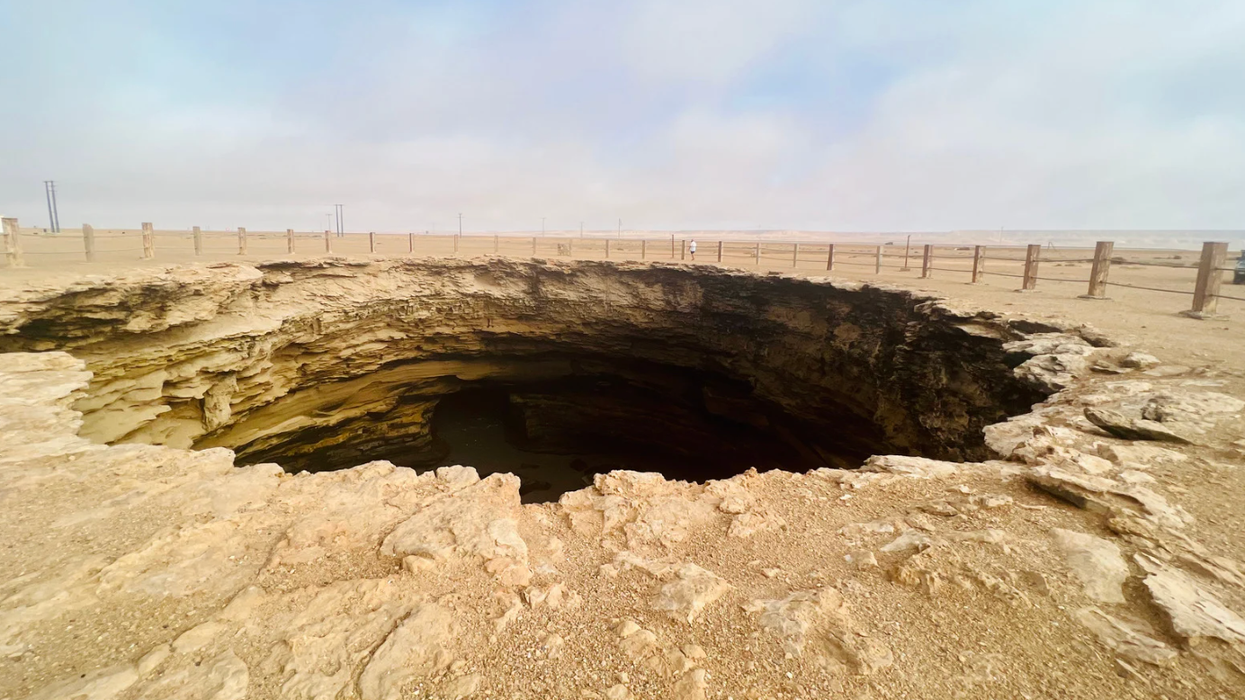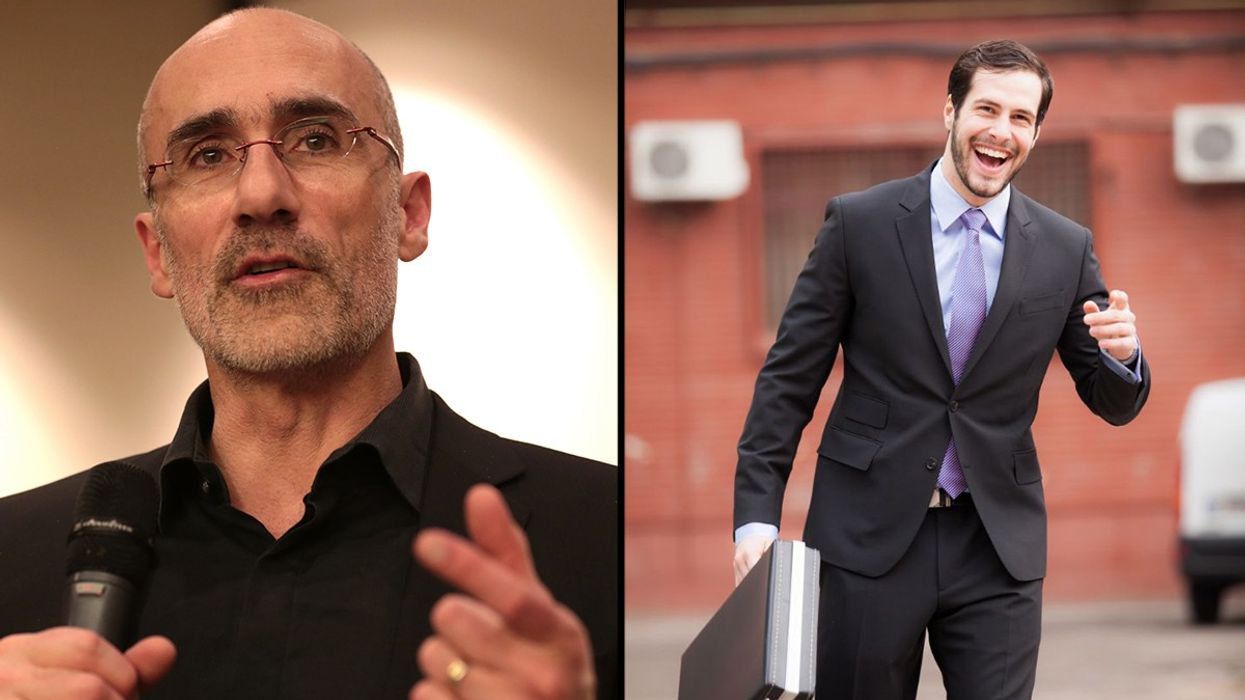Can we settle the carbon pricing debate by giving the money back to the people?
The loudest debate in climate policy at the moment is no longer about whether or not there should be a price on carbon emissions (there will be), but rather how to go about pricing the most dangerous greenhouse gas.As long as this debate has been going on, two camps have emerged as the favorites of conventional wisdom-the widely lauded cap-and-trade system and the underdog, a straight-up carbon tax. Plenty of ink has been spilled criticizing and defending the two. Cap-and-trade, say the tax camp, would be too complicated, too riddled with loopholes, and too easy for Washington to screw up. A tax, counter C&Ters, is a political nonstarter, enough said. Both proposals, though, share a problem that more or less renders all other points moot: if you make energy more expensive to produce, you make energy more expensive to buy. Meaning that until clean energy gets cheaper (which it will), anyone with a home to heat, a Civic to fill, or a refrigerator to keep cool is going to take a hit in the wallet. Meaning the voting public isn't going to be happy about putting a price on carbon. Meaning elected officials aren't going to support it. (See: the Lieberman-Warner Climate Security Act, a pretty weak carbon pricing plan that was still, more or less, dead on arrival.)True, scientific-and economic-evidence now creates an even stronger case for urgent greenhouse gas reductions than it did even a year ago when Lieberman-Warner was introduced. And, true, leadership on Capitol Hill and in the White House are much more amenable to firm action on climate change than they were even on January 19th. (And that's a whopper of an understatement.) But it's still pretty much impossible to see a filibuster-busting 60 senators standing behind any proposal that-in the eyes of their respective constituencies-simply makes energy cost more.Enter the Great Third Way, more formally known as cap-and-dividend. The cap part is familiar-a set number of pollution permits would be auctioned off, placing a firm, predetermined, and annually-dropping ceiling on carbon emissions. Cap-and-dividend's first twist away from the typical cap-and-trade orthodoxy comes in where, exactly, the carbon is capped. Historically, cap-and-trade systems-like the acid rain program that so effectively reduced sulfur dioxide in the early 1990s-place a cap at the end of the industrial cycle, where the pollution left the smokestack. That's easy enough to do when there are relatively few factories and plants emitting SO2.Carbon's different, and more difficult, because it gushes not only out of tens of thousands of power plants and factories, but also from hundreds of millions of furnaces and tailpipes. For this reason, Peter Barnes-founder of Working Assets and perhaps the country's most vocal champion of cap-and-dividend-emphasizes that the cap must be placed on "upstream" industries, or the first producers of fossil fuels like coal mines and oil refineries.This still leads to pricier power-the mine will charge more for the coal, and your utility will send along a higher bill for electricity. Which brings us to the meat of this "third way"-the dividend.All (or most) of the revenue raised from carbon permit auctions would go back, in equal shares, to the American people. Barnes calls it an "Atmospheric Trust" that would work like the Alaskan Permanent Fund, which sends everyone in the state a check each year for their share of oil revenue.Higher energy costs, then, would be offset by monthly or quarterly direct deposits into the bank accounts of anyone with a social security number. Because everyone gets an equal share, it becomes a progressive system that best benefits the lower-income families who'd potentially suffer the most from rising energy prices. The paybacks would more than make up the difference for a poor family with smaller energy demands, but it wouldn't cover the increased costs for the millionaire with two 4,000 square foot houses and a private jet. And that's just fine. Overall, most folks would make money from a pure cap-and-dividend program. A UMASS study (PDF) found that with Barnes' plan, 60 percent of American families would come out ahead. What's more, it'd also reward conservation and efficiency. The less energy you use, the more cash you net from your cut.It sounds lovely, but plenty of questions are still surfacing. Would at least some of the revenue raised be better spent on funding new clean energy programs, R&D, and green infrastructure? (Pretty much everyone agrees that these are necessary, and it's awfully hard to figure out where that money would come from if not directly drawn from carbon permits.) And is cap-and-dividend really-as supporters seem to repeat as mantra-the only politically feasible way to put a price on carbon? Will the paybacks really convince the public to get behind a program that the fossil fuel lobby-and their friends on Capitol Hill-are already branding an "energy tax?"We'll soon find out. Rep. Chris Van Hollen (D-MD) is introducing a bill this week that would cap carbon emissions by 2012 and distribute 90 percent of revenue from an "upstream" auction directly to Americans in the form of monthly dividend checks. Van Hollen already has one supporter in Barnes, who called the bill "beautiful." Time to see if the American public and their elected reps agree.Cartoon illustration courtesy of capanddividend.org















 Otis knew before they did.
Otis knew before they did.